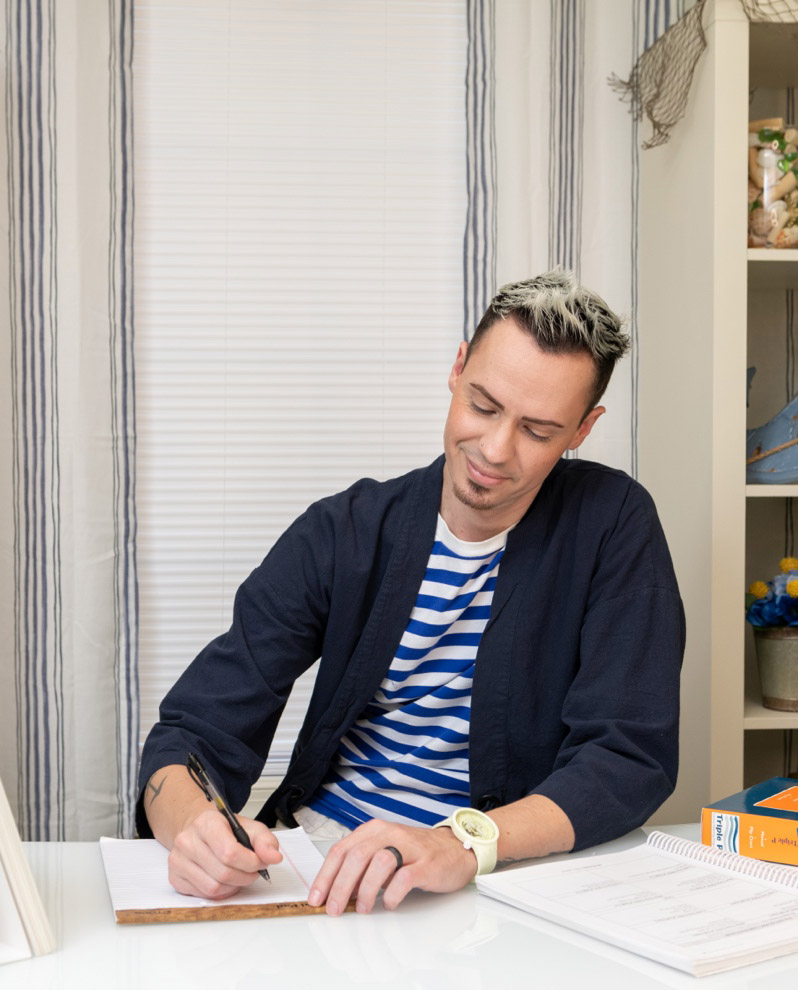Building a Healthy Partnership with Your Therapist
Creating and maintaining a successful working relationship with your therapist is essential for achieving positive
outcomes in therapy.
To build a strong partnership, it’s important to be honest and open with your therapist about what you hope to gain from the experience, as well as any concerns or questions that may arise during treatment.
Here are some tips on how to build a healthy partnership with your therapist:
1) Be Open and Honest: It’s important to share all of the details of what you’re going through in order for therapy tobe successful. You may be tempted to downplay symptoms, avoid sensitive topics, or minimize how certain things impact you. Try to remember that your therapist works for you, and that their goals are to help you address these concerns.
Being open and honest will help create an atmosphere where both parties can trust each other more easily and make progress toward healing together.
If you notice that feelings of discomfort or fear come up when trying to discuss a topic or respond to a question, it can be helpful to share those feelings with your therapist. More often than not, your therapist will welcome the feedback, and help you feel more comfortable about providing a more honest response.
2) Set Goals Together: Working together on setting realistic goals helps provide direction throughout treatment, so that both parties feel like they are working towards something tangible. This also allows the opportunity for feedback between client and therapist, which can strengthen their bond and add an element of accountability. It is perfectly normal to be unsure of what you may want to work on or start with in therapy, yet your therapist can help provide a road map based on your concerns. Goals also change over time, so sharing these changes with your therapist allows them to help you more effectively.
3) Communicate Your Needs Clearly: Letting your therapist know exactly what kind of support system works best for you is key when building a healthy foundation in the client/therapist relationship. If communication or learning styles differ, you may not be getting the most out of your therapeutic experience.
Expressing your needs and preferences to your therapist is considered valuable feedback, which can make the relationship more rewarding for both of you.
For example, you may find that you prefer to have handouts to go along with the material that you are learning in your sessions, and you therapist would most likely be thrilled to provide them to you!
4) Respect Boundaries: Establishing healthy boundaries early on sets expectations and avoids confusion later down the line. This can include respecting privacy (e.g. communicating with each other in an approved way), following practice policies and procedures (e.g. confidentiality, scheduling), and being mindful not only during sessions, but also afterwards (e.g. providing feedback, being clear about expectations, expressing feelings responsibly).
By following these tips, clients can develop healthier working relationships with their therapists, which will lead them closer towards their goals. If you are finding it difficult to address any of these points with your therapist, it may be helpful to ask your therapist about ways to provide feedback. This often ends up being a welcome conversation that can strengthen the bond in the therapeutic alliance.



